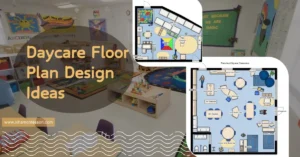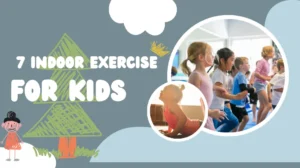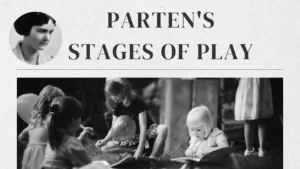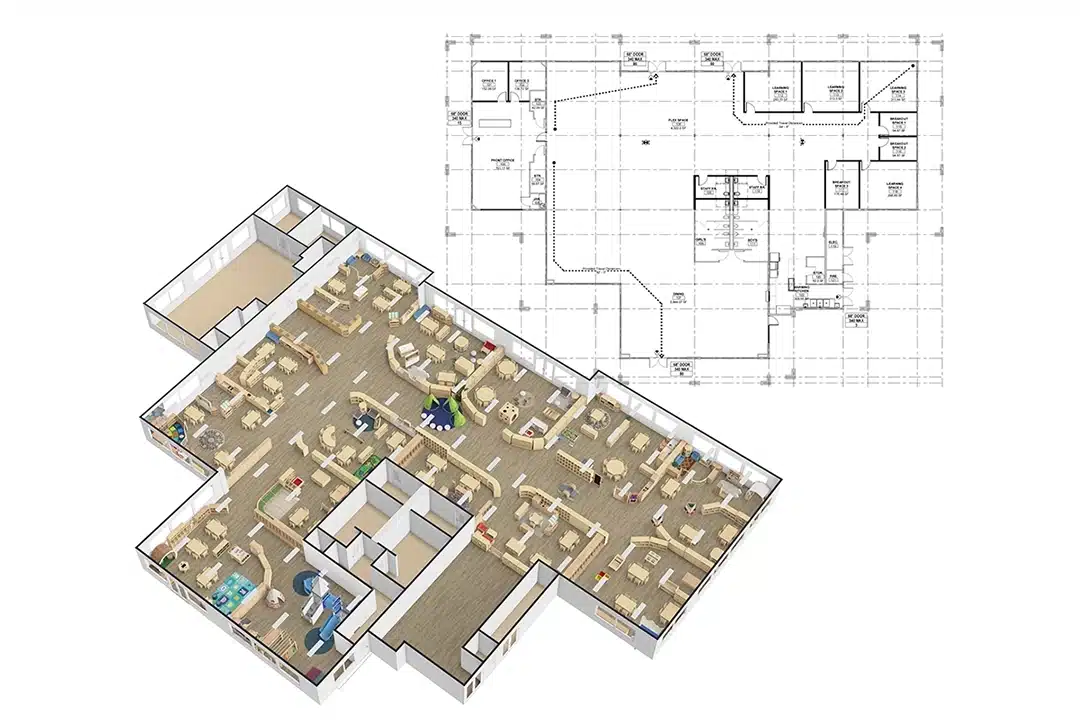Are you choosing between a Modular Kids Couch vs Pikler Triangle for your kindergarten or daycare? Not sure which one supports better motor skills, creativity, or social interaction? Confused about which investment is smarter for long-term child development?
Both options have their merits, but the better choice depends on your educational goals. A modular kids’ couch fosters imagination, cooperative play, and flexible classroom design. A Pikler triangle builds strength, coordination, and independence. Each contributes to child development in unique ways, both physically and cognitively.
Understanding the difference between these two tools can help you make a more intelligent, more cost-effective decision. Let’s explore their features, benefits, use cases, and how they fit into modern kindergarten environments and homes.
Modular Kids Couch Benefits and Uses in Early Education Environments
A Modular Kids Couch is a soft, lightweight, and customizable seating and play system designed specifically for children aged 2 to 6 years old. Unlike traditional furniture, modular couches are built with separate components—such as base cushions, backrests, arches, ramps, and wedges—that can be arranged in endless ways. This flexibility makes them highly versatile for both seated activities and imaginative play.
These couches aren’t just furniture—they’re educational tools. They support open-ended play, which is a core principle in both Montessori and Reggio Emilia-inspired classrooms. A few cushions can become a pirate ship, a reading corner, a quiet hideout, or a social space for group interaction. This imaginative potential enhances creativity, language skills, cooperative behavior, and emotional development.
Another unique benefit is how a modular kids’ couch encourages gross motor development. When children lift, stack, or climb over the pieces, they engage their core strength, balance, and body coordination, which is especially important during the early years of neuromuscular development. Unlike static furniture, these pieces move with the child’s intentions and allow for controlled risk, essential in helping children learn boundaries.
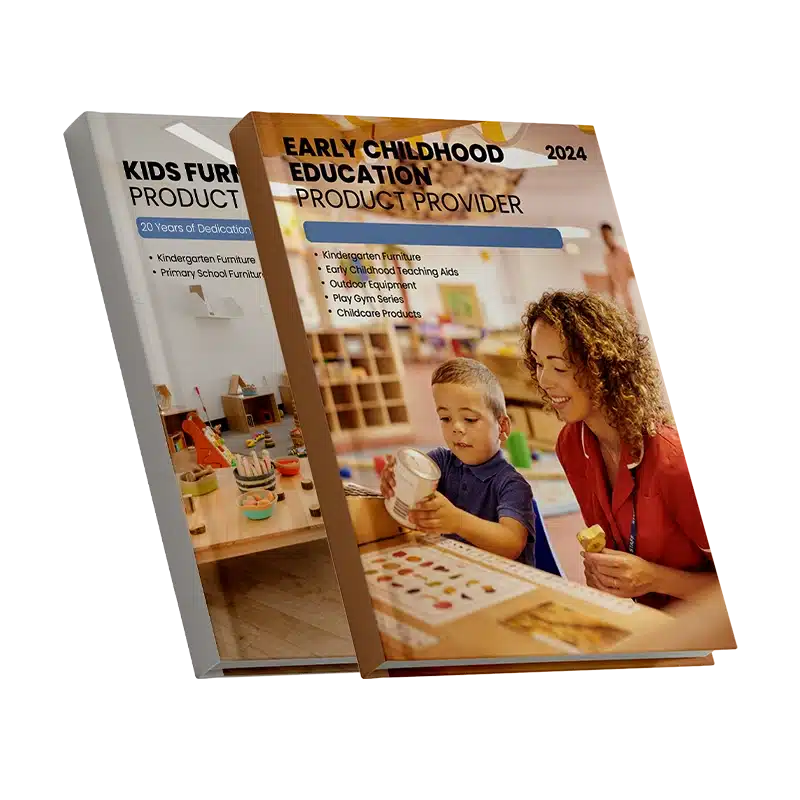
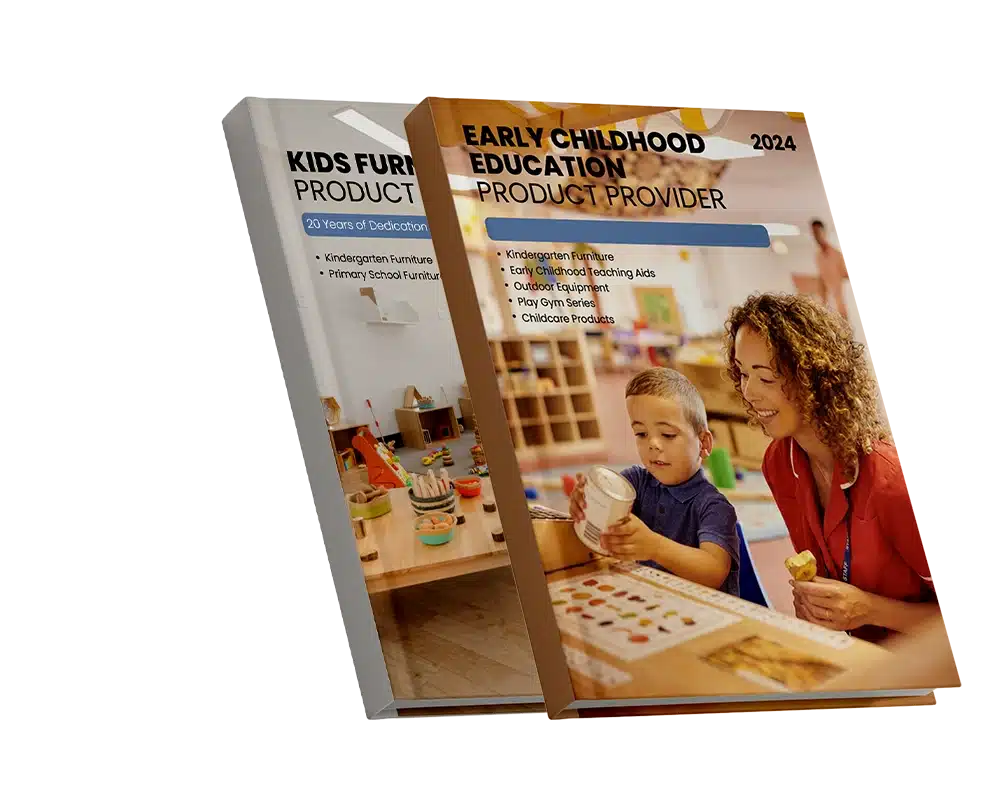
From a practical perspective, modular couches are space-saving and easy to store. Many sets can be stacked neatly in a corner or tucked away after use. This makes them perfect for multi-use classrooms where flexibility is needed. Teachers appreciate their lightweight nature, as children can participate in setting up their learning environment, again reinforcing the Montessori principle of independence. Compared to the Pikler Triangle, which is more specialized for climbing and physical challenges, a modular couch offers broader play value and is more adaptable across classroom functions—reading, playing, resting, or role-playing.
In short, the Modular Kids Couch isn’t just a sofa—it’s an imagination station, motor skill builder, and social hub all in one. In the debate of Modular Kids Couch vs Pikler Triangle, it stands out as the more versatile option, especially for classrooms that require multifunctional, cost-effective tools.
The versatility of Modular Couch Play
Reading Nook Setup
A quiet, cozy corner built with two or three cushions for children to sit, relax, or enjoy independent reading time.

Obstacle Course Configuration
Multiple cushions arranged as stepping pads, tunnels, and slopes to create a fun indoor gross motor challenge.
Climbing Tower
Stacked blocks used as a small soft-climb structure for toddlers to safely build strength and balance.
Imagination Fort
Kids build castles, caves, or secret hideouts using base cushions as walls and arches as entrances.

Stage for Dramatic Play
Modular cushions set up as a small performance platform where children role-play or present group stories.
Quiet Zone for Rest and Emotional Reset
One to two pieces arranged in a soft space where children can relax, calm down, or take a short nap.
Collaborative Group Lounge
A social sitting area formed by multiple bases in a circle or U-shape for group chats and shared activities.

Creative Construction Play
Children stack, balance, and arrange the pieces freely like building blocks, enhancing problem-solving and fine motor skills.
Balance Beam Track
Long base cushions laid out in a straight line or zigzag for practicing balance and controlled movement.
Sensory Tunnel
Use arches or taller pieces to form a tunnel that children crawl through, stimulating spatial and tactile exploration.


Pikler Triangle Benefits and Uses in Early Education Environments
The Pikler Triangle is a classic early childhood climbing structure, first introduced by pediatrician Dr. Emmi Pikler. It was designed with a clear developmental philosophy: to allow infants and toddlers the freedom to explore their physical abilities at their own pace, without adult interference. Over the years, it has become a staple in many Montessori, Waldorf, and Reggio Emilia-inspired learning spaces around the world.
At its core, a Pikler Triangle is a wooden climbing frame with a triangular structure and horizontal rungs. It invites children to climb, pull up, and test their own balance and physical strength. What sets it apart is its simplicity and intentional design. There are no flashing lights, no digital elements—just a frame that encourages natural movement, curiosity, and the development of gross motor skills.

For children between 6 months to 5 years old, the Pikler Triangle offers a very specific type of learning. As they ascend the rungs, children develop critical physical functions—coordination, balance, muscle strength, and spatial awareness. Just as importantly, they learn how to assess risk. Each step, each climb, each attempt to reach the top becomes a personal challenge, and overcoming it builds self-confidence and autonomy. Unlike fixed playground structures that often direct how play should occur, the Pikler Triangle puts the child in charge.
This is where it begins to differ from the Modular Kids Couch. While the couch offers a more open-ended, multi-functional play and seating experience, the Pikler Triangle is specifically a gross motor development tool. It does not easily double as a reading nook, collaborative space, or creative structure. Instead, its strength lies in building physical resilience and providing a reliable structure for young children to challenge their growing bodies.
In practical classroom use, the Pikler Triangle works best in dedicated movement zones or soft play corners. It requires more space than the modular couch and often demands closer supervision, particularly for younger children just beginning to climb. However, for kindergartens that prioritize physical development, especially in the early stages of growth, the Pikler Triangle is a convenient and pedagogically sound choice.
Educational Value Comparison
This section compares the educational value of modular kids couches and Pikler triangles, focusing on creativity, motor development, and learning outcomes in early education.
Modular Kids Couch and Creative Learning
The Modular Kids Couch thrives in environments that encourage open-ended, imaginative play, a cornerstone of both Montessori and Reggio Emilia philosophies. Children aren’t told how to use the couch—they discover it. One moment it’s a castle, the next a reading nook, and later a soft obstacle course. This freedom to interpret and repurpose objects nurtures:
- Creativity and problem-solving
- Executive function
- Group collaboration and language development
- Emotional intelligence and social cooperation
These skills are often difficult to cultivate through more fixed or individual-use equipment. The open-ended nature of the modular couch for kids makes it a dynamic, evolving educational tool in any classroom.

Physical and Cognitive Stimulation Through Modular Couch Play
Educationally, the modular kids’ couch also supports sensory integration and spatial reasoning. As children lift, stack, climb over, and arrange the foam pieces, they engage in a kind of physical problem-solving. This hands-on process helps the brain map space, shape, and motion—also known as embodied cognition.
Embodied cognition, where movement and thinking co-occur, plays a crucial role in developing cognitive flexibility, attention span, and memory retention, especially in children aged 2 to 6. That’s why many educators consider it not just furniture, but an active learning tool.
Pikler Triangle and Focused Physical Development
On the other hand, the Pikler Triangle takes a more targeted, movement-based approach to child development. Rooted in Dr. Emmi Pikler’s theory of natural gross motor progression, it fosters what we call structured freedom—children move independently but within clear physical boundaries.
This self-initiated movement allows children to explore:
- Balance and climbing
- Grip strength and coordination
- Risk assessment
- Inner confidence and self-mastery
As children climb, they are constantly making micro-adjustments, which not only build muscle but also reinforce decision-making, body awareness, and resilience. Though less versatile in form than the modular kids play couch, the Pikler Triangle offers deep developmental value when used in a focused, supervised movement space.

A Complementary Approach to Learning Environments
Ultimately, the debate isn’t about choosing between the Modular Kids Couch vs Pikler Triangle as if they’re competitors. Instead, it’s about understanding how each contributes to different domains of a child’s development.
The modular couch kids love empowers imagination, collaboration, and flexible learning.
The Pikler Triangle builds strength, independence, and body control.
Used together, they offer a comprehensive educational toolkit that supports the whole child, from creative thinking to physical confidence.


Modular Kids Couch vs Pikler Triangle Comparison Table
| Category | Modular Kids Couch | Pikler Triangle |
|---|---|---|
| Core Function | Multi-use (seating, play, climbing, building) | Gross motor development (climbing, balance, strength) |
| Educational Value | Imagination, creativity, collaboration, problem-solving | Physical confidence, coordination, risk awareness |
| Philosophy Fit | Reggio Emilia & Montessori (environmental flexibility, role play) | Montessori (freedom of movement, self-initiated action) |
| Social Interaction | High – supports cooperative and group play | Low – primarily individual use |
| Creativity & Flexibility | Very high – can be reconfigured infinitely | Low – fixed form, single function |
| Motor Skill Development | Moderate – involves lifting, crawling, balancing | High – promotes climbing, grip strength, balance |
| Age Suitability | 2–6 years old | 6 months – 5 years old |
| Supervision Requirements | Low – soft, safe, teacher-guided use | High – requires adult supervision, risk of fall |
| Space Requirements | Low – stackable, modular, easy to store | Moderate to high – needs fixed floor space |
| Durability & Materials | PU/fabric cover + high-density foam, easy to clean | Solid birch/beech wood, water-based non-toxic finish |
| Maintenance | Easy – wipeable, resistant to wear | Easy – occasional wood surface cleaning |
| Initial Investment | Moderate – cost-effective multi-purpose use | Moderate – durable, long-term investment for movement development |
| Best Use Cases | Reading corner, creative space, dramatic play, flexible classroom | Gross motor zone, movement-focused play area |

Recommended Product Types Modular Couch Play and Pikler Triangle
When selecting the right furniture for early childhood classrooms, kindergarten owners and educators are looking for more than just appearance—they want products that support development, are safe for daily use, and can adapt to a busy classroom schedule. Two of the most highly recommended product types in modern preschool environments are the Modular Couch Play system and the Pikler Triangle. Each offers unique advantages in both function and learning value, making them top choices for early education centers around the world.
Types Modular Couch Play
Standard 6-Piece Modular Couch

Includes two base cushions, two triangle wedges, and two armrest blocks. It’s the most common starter set used in most kindergartens.
Benefit: Offers the perfect balance of versatility and affordability—ideal for smaller classrooms or new school setups.
8-Piece Extended Modular Couch Set
Adds extra wedges or arches to the 6-piece set for more creative configurations and gross motor challenges.
Benefit: Gives teachers and children more options for movement, climbing, and imaginative structures—great for active learners.

Modular Couch with Tunnel Arch

Features curved tunnel-shaped pieces children can crawl through—perfect for sensory and movement-based play.
Benefit: Enhances sensory stimulation and spatial awareness, perfect for Reggio Emilia and Montessori-inspired movement zones.


Soft Play Modular Sofa with Slide Ramp
Includes a slanted foam ramp piece for light climbing or sliding, combining seating with motor skill practice.
Benefit: Combines play and movement in one setup—ideal for small spaces needing multi-functional furniture.

Fabric Modular Play Sofa

Covered in breathable fabric with bright educational colors. A more home-like option suited for calm zones and reading areas.
Benefit: Adds comfort and softness to cozy corners—ideal for emotional regulation and quiet time spaces.
Convertible Modular Play Couch
Features foldable parts that can be rearranged into seats, beds, ramps, or stages—great for schools with limited space.
Benefit: Highly space-efficient and budget-friendly, offering multiple uses in one compact product.

Types of Pikler Triangle
Classic Pikler Triangle

The original fixed climbing triangle with smooth wooden rungs, perfect for safe climbing and strength-building.
Benefit: A reliable, proven design that supports foundational motor skills—ideal for all Montessori-aligned classrooms.
Foldable Pikler Triangle
Designed with hinges for easy folding and storage. Ideal for classrooms with limited space or shared activity zones.
Benefit: Saves valuable classroom space without sacrificing developmental value—perfect for rotating activity areas.

Adjustable Pikler Triangle

Offers adjustable height or angle settings to accommodate different age groups or confidence levels.
Benefit: Grows with the child and reduces the need to upgrade equipment—perfect for multi-age classrooms.


Made with weather-resistant treated wood for safe outdoor use in nature classrooms or covered playgrounds.
Benefit: Expands gross motor activities to outdoor environments—ideal for schools that incorporate nature play.

Mini Pikler Triangle for Toddlers

Smaller in height and width, made for children under 2 years old just beginning to pull up and explore vertical movement.
Benefit: Introduces safe, developmentally appropriate climbing for infants—great for toddler classrooms and early learners.
Same as the classic model, but painted in child-friendly, non-toxic colors to enhance visual engagement and classroom appeal.
Benefit: Visually stimulates children and matches themed learning environments—great for early learners and sensory classrooms.

Practical Considerations for Schools
Before choosing between a modular kids couch and a Pikler triangle, it’s essential to think about how each one actually works in your classroom day to day.
Modular Kids Couch and Multi-Purpose Classroom Use
When selecting between a modular kids’ couch and a Pikler Triangle, school owners and kindergarten directors must consider more than just educational theory. The real decision often comes down to space, maintenance, child safety, and return on investment.
The modular couch for kids offers unmatched practicality in a school setting. Whether referred to as a kids modular couch, modular kids play couch, or even a costco modular kids couch, the product’s strength lies in its multi-functional flexibility. A single set can serve as:
- A quiet reading corner in the morning
- A soft obstacle course for gross motor play
- A cozy naptime station in the afternoon
- A stage or prop for dramatic play
This adaptability makes it one of the best modular couches for kids, especially in kindergartens that operate on flexible daily routines.

Pikler Triangle and Its Focused Developmental Role
Now, let’s talk about the Pikler Triangle—a product that offers tremendous developmental benefits when used intentionally in schools. While it’s not multi-purpose like the kids’ modular play couch, it serves as a powerful tool in dedicated movement areas. In Montessori and Reggio environments that value free movement and independence, the Pikler Triangle helps children:
- Develop gross motor coordination, balance, and muscle strength
- Learn risk assessment and build self-confidence through climbing
- Practice focus and spatial awareness in a calm, self-directed way
A Safe and Essential Tool in Movement Spaces
Unlike soft furniture, the Pikler Triangle gives children a clear, defined structure to explore their physical limits safely. When placed in a soft-mat zone with adult supervision, it becomes a key part of gross motor development curricula. Schools with dedicated physical activity zones or movement corners find the Pikler an indispensable asset, especially for children aged 1 to 4 years old.


Indoor vs Outdoor Use
When choosing between a Modular Kids Couch vs Pikler Triangle, most people focus on the educational value or space-saving features. However, one important, often overlooked question is: can these products be used both outdoors and indoors? Understanding where and how these pieces of furniture can be used safely and effectively is crucial, especially for kindergartens that combine indoor classrooms with outdoor play areas.
Both tools offer significant benefits, but they behave very differently when removed from a controlled indoor environment. Here’s what to consider before taking your modular couch or Pikler Triangle into the sun, wind, or rain.
Indoor Use for Modular Kids Couch: Where It Shines
The modular kids couch is designed primarily for indoor use. Made with high-density foam and covered in soft PU or fabric, this piece of furniture excels in controlled, dry, clean environments like classrooms, playrooms, and libraries. Indoors, it thrives because:
- The materials are protected from moisture and UV exposure
- The floor is flat and safe for stacking or climbing
- Supervision is easier in enclosed environments
- Daily reconfiguration is more practical in a calm space
In these indoor spaces, the modular couch for kids transforms learning zones. It becomes a soft reading nook in the morning, a group collaboration space by midday, and a climbing play structure during free time. Its adaptability makes it one of the best modular couches for kids who learn through movement and imagination. Indoors, this couch lasts longer, maintains its form, and is easier to clean—key factors for any kindergarten operator.

Outdoor Limitations of Modular Kids Play Couch
While some buyers might ask if a kids’ modular play couch can be taken outside, the reality is that it’s not built for long-term outdoor use. Even though the foam is durable and the covers are easy to wipe down, repeated exposure to sunlight, dirt, and moisture can degrade the materials quickly.
In temporary situations—like a shaded outdoor reading session or under a covered patio—the modular kids couch might be acceptable for short periods. However, it must always be brought back inside after use. Long-term exposure to humidity, rain, or UV rays could lead to:
- Cracked PU surfaces
- Mold growth inside the foam
- Color fading and material weakening
- Safety concerns due to slippage or uneven ground
For kindergartens that want outdoor seating or play zones, we recommend dedicated outdoor-grade furniture rather than repurposing indoor products like the modular couch kids typically use.
Pikler Triangle Outdoors: A Realistic Option with Caution
Now let’s look at the Pikler Triangle. Unlike foam-based products, a high-quality wooden Pikler Triangle—especially one made from sealed birch or beech wood—can be used outdoors more reliably. Many schools set up outdoor movement stations that include the triangle along with slides or ramps. However, you still need to take precautions:
- Always place the triangle on a level surface like artificial grass or mats.
- Never leave it exposed overnight or during wet weather.
- Store it indoors or under a weatherproof cover when not in use.
- Avoid placing it on slippery tiles or directly on concrete without a mats.
Used correctly, the Pikler Triangle can add enormous value to your outdoor learning program. Children build physical confidence in an open-air environment, which enhances both motor skills and sensory engagement. Many schools find that combining a Pikler with nature play is a great way to meet early childhood movement standards in a more holistic way.
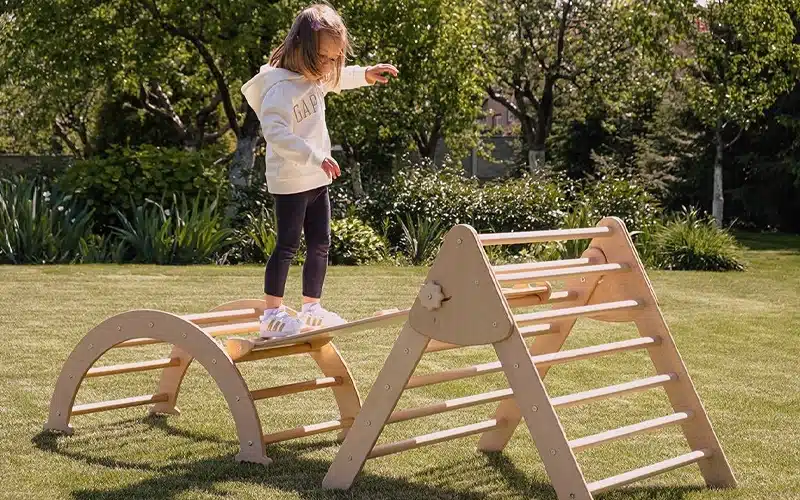
Comparing the Two in Real-World Scenarios
So, between Modular Kids Couch vs Pikler Triangle, which one performs better outdoors?
The answer isn’t about which is “better,” but rather which is appropriate for the environment. Indoors, both thrive—each in their own way. But outdoors:
- The Pikler Triangle offers better structural stability and can be used in temporary outdoor setups
- The modular couch for kids should be limited to indoor use only, or highly controlled outdoor conditions for very short periods
Here’s a quick summary:
| Feature | Modular Kids Couch | Pikler Triangle |
|---|---|---|
| Designed for Indoor Use | ✅ Yes | ✅ Yes |
| Suitable for Outdoor Use | ⚠️ Temporarily, under cover | ✅ With care and protection |
| Weather Resistance | ❌ Low – sensitive to moisture | ⚠️ Moderate – sealed wood only |
| Maintenance Effort Outside | ⚠️ High | ⚠️ Medium |
| Best Placement | Classrooms, libraries, indoor play zones | Shaded yards, patios, gross motor areas |
Final Thoughts: Plan with Purpose
If your kindergarten includes both indoor and outdoor learning spaces, the key is to use the right furniture in the correct zone. The modular kids’ couch belongs inside, where it delivers flexibility, safety, and imaginative play. The Pikler Triangle, though requiring more supervision, can move between spaces if properly maintained.
By understanding these usage limits and strengths, you’ll extend the life of your equipment, ensure children’s safety, and get the best return on your investment—whether you’re buying for one classroom or ten.


Safety Guidelines for Using Modular Kids Couch vs Pikler Triangle
When it comes to early childhood environments, safety must always come first, especially when children interact with climbing tools like the Pikler Triangle and flexible furniture such as the modular kids’ couch. While both products serve valuable developmental purposes, they require different safety considerations during daily use.
Supervision Requirements for Climbing and Soft Play
The modular couch for kids is designed for soft play and poses minimal risk when used as intended. Children can rearrange pieces, climb, or lounge with limited adult supervision. In contrast, the Pikler Triangle involves more physical elevation, requiring closer adult attention to avoid falls, especially in toddlers. Classroom staff must stay alert and always be within reach when children use this equipment.
Age-Appropriate Use to Prevent Injuries
It’s essential to align each product with age-appropriate guidelines. The best modular couch for kids typically suits children aged 2–6, while the Pikler Triangle can be used by children as young as 6 months, provided they are within supervised settings. Schools should set clear rules for which age group can use which furniture item and under what conditions.

Safe Classroom Placement and Space Considerations
Where you place the modular kids play couch and Pikler Triangle can directly affect safety. The sofa should be positioned away from sharp corners or hard flooring. The Pikler Triangle, on the other hand, must be placed on soft mats, with ample space around it to allow free movement and safe falls, if they occur.
Daily Inspection and Maintenance Tips for Long-Term Safety
Regardless of the product, daily inspections are vital. Check for foam tears, loose seams, or sliding cushions on your modular kids couch. With the Pikler Triangle, verify that all screws are tight, the wood is stable, and there are no splinters. Preventive maintenance keeps equipment safe, extending its lifespan and safeguards young users.
FAQs
1. What is the difference between a standard and an extended modular kids couch set?
A standard modular kids’ couch usually includes six pieces (base cushions, wedges, armrests), while an extended set adds arches, ramps, or tunnels. The extended version offers more creative and gross motor play options, ideal for larger classrooms or more active play styles.
2. Can the modular couch for kids be used outdoors?
While modular kids couches are primarily designed for indoor use, they can be used outdoors temporarily under supervision. However, exposure to moisture, UV rays, and rough surfaces can damage foam and fabric. For outdoor play, we recommend furniture specifically made for weather resistance.
3. Which Pikler Triangle type is best for small classrooms?
A foldable Pikler Triangle is ideal for small or multi-use classrooms. It offers all the benefits of climbing and motor development, but can be folded and stored away easily to free up space during other activities.
4. At what age can children start using the Pikler Triangle?
Children can begin using a mini Pikler Triangle as early as 6 months old, under supervision. For older toddlers and preschoolers, standard or adjustable triangles are more suitable. Always match the triangle size and features to the child’s developmental stage.
5. Is the modular play couch safe for group play?
Yes! We offer heavy-duty modular couch sets with reinforced foam and covers specifically designed for group use. These versions are perfect for preschool environments where multiple children use the furniture at the same time.
6. What’s the best option for classrooms with limited budgets?
A standard 6-piece modular kids’ couch offers excellent value—it’s versatile, compact, and serves multiple functions like seating, play, and soft climbing. For climbing tools, a classic or foldable Pikler Triangle provides maximum developmental benefit at an affordable price.
7. Can I combine modular couches and Pikler Triangles in one classroom?
Absolutely. Many kindergartens use both to support different learning goals. The modular kids’ couch promotes creativity, collaboration, and rest, while the Pikler Triangle focuses on motor skills and physical development. Together, they offer a well-rounded learning environment.
Conclusion
Choosing between a modular kids’ couch and a Pikler Triangle doesn’t have to be an either-or decision. Each product offers unique advantages: the modular couch for kids provides multi-functional indoor play, seating, and creative group interaction, while the Pikler Triangle supports focused gross motor development and physical confidence through safe climbing activities.
With a wide range of product types—such as foldable models, tunnel arches, adjustable triangles, or themed modular sets—schools can select furniture that fits their exact space, budget, and curriculum needs. Whether you’re looking for a PU-covered modular couch for easy cleaning or a double Pikler set for a larger movement zone, both categories offer scalable, child-centered solutions. By combining both tools in the classroom, early childhood education centers can build a learning environment that supports the whole child, emotionally, physically, and socially.
At Xiha Montessoris, we help schools worldwide find the right balance between function, safety, and developmental purpose. Whether you need advice on choosing the best modular couch for kids or selecting the proper Pikler Triangle configuration, our team is ready to provide expert guidance and wholesale solutions designed for modern kindergartens.



